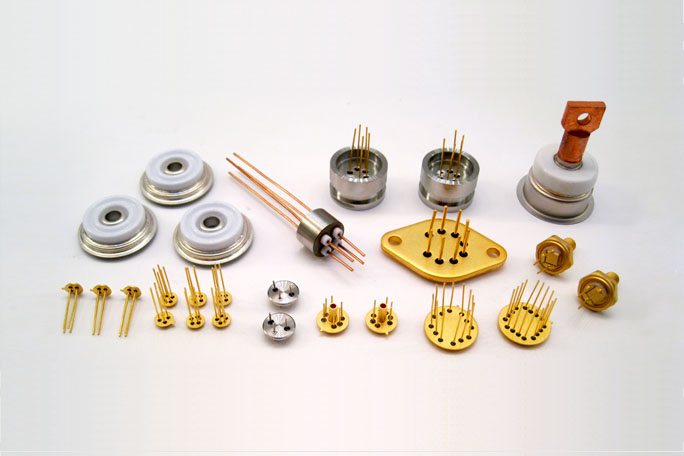Spies among us: How bosses remotely monitor work-from-home employees
Since the pandemic accelerated remote work, there’s been an uptick in the use of electronic monitoring tools to track employees’ performance and productivity, experts say.
Some workers’ rights groups have called it invasive with employees often not knowing they’re even being tracked or how the information’s being used.
New York has passed legislation that takes effect May 7 and requires private employers to provide written notice upon hiring to any employee who’s subject to electronic monitoring, including their phone, email, and/or internet usage.
“It’s a step in the right direction,” says Wilneida Negron, the Manhattan-based director of research and policy at Coworker.org, an online platform for workers to organize and advocate for workplace change.
But more needs to be done to ensure that workers’ have basic data and privacy protections, as well as avenues for pushing back on technologies they feel are intrusive, she says.
The proliferation of employee monitoring and other technologies used for everything from video surveillance to tracking keystrokes and even physical movement prompted Negron to compile a database of over 650 labor-focused technology products.
Of those, there are more than 170 employee monitoring products, says Negron, who published a report on this unregulated industry she calls “Little Tech.”
Psychological harm?
Employers need to do better due diligence before procuring new technologies and be aware of their potential harms, even beyond privacy, that also includes psychological and emotional damage, she says. They also must consider to what extent the worker data being collected is being monetized or aggregated by the provider to be used in ways workers may not realize, Negron says.
“The technology around these tools is growing faster than regulators can regulate them and faster than society can figure out from a cultural and social norms perspective if we’re OK with what the technology can do,” says Brian Kropp, the Arlington, Virginia-based chief of research in the Gartner HR practice.
These tools have been around for several years, but usage was accelerated by the pandemic, he says. It started as a way to remotely monitor who’s working and who’s not, but then companies started using them as ways to engage with employees, he says.
“One of the early tools was your manager could turn on your laptop and watch you without you knowing they’re actually doing it,” Kropp says. That’s evolved to where they could drop in and say hello, almost like a virtual walk by the employee’s desk, he said.
He said one concern employees have is companies collecting all this information without them knowing. The new law gives employees more transparency to what’s actually happening, Kropp says.
Letting employees know
Under the law, employers must notify employees of electronic monitoring upon being hired. The notice must be “in writing, in an electronic record, or in another electronic form and acknowledged by the employee either electronically or in writing,” says Keith Gutstein, co-managing partner of the Woodbury office of Kaufman Dolowich & Voluck LLP.
The employers must post a notice of electronic monitoring in a conspicuous place that’s readily available to any employees subject to electronic monitoring, he says. For more see https://tinyurl.com/2p8pj4ht.
The law dictates employers notify new employees, but Gutstein advises notifying all employees if the company’s doing any form of electronic monitoring.
“It puts employees on notice that they shouldn’t expect to have privacy on company time or on company-owned systems,” says Thomas Wassel, a partner in the commercial litigation department at Cullen and Dykman LLP in Garden City, noting that at his own firm, when you log into its computer systems, a notice appears saying this is the law firm’s property and anything you do is subject to monitoring.
He said many of his larger firm clients already had these policies in place.
Even for employees using their own phones for work, employers will often have them sign a statement that there’s no expectation of privacy if using their personal phone for company purposes, says Wassel, who offers more insight at https://tinyurl.com/4x8byxbt.
While monitoring tools can be helpful, companies should consider how and why they’re using them, says Erin Lau, manager of human resource services for Insperity, who works in both the Manhattan and Jericho offices of the Texas-based HR firm.
“If you’re using these tools to micromanage as opposed to empowering staff to do the job they need to do, then you’re not creating a healthy work environment,” she says, noting out of Insperity’s over 250 clients approximately 10% to 15% in the NY area use monitoring tools.
From a culture perspective, she recommends employers take this law one step further and not just give them notice, but also tell employees what exactly they’re monitoring and why.
Fast fact
A study conducted by Vanson Bourne on behalf of VMware found that since the shift to hybrid working, 70% of companies surveyed have either already implemented or are planning to implement employee surveillance measures to monitor employee productivity.
Source: VMware




.jpeg?width=682&height=455&name=AdobeStock_295048993%20(1).jpeg)

